Freshwater Pearls 101: A Comprehensive Buying Guide

Are freshwater pearls real pearls?
Yes, freshwater pearls are real pearls. Mollusks in freshwater bodies like lakes, rivers, and ponds create them. While they differ from saltwater pearls in shape and size, they are still considered genuine and highly valued by jewelry buyers.
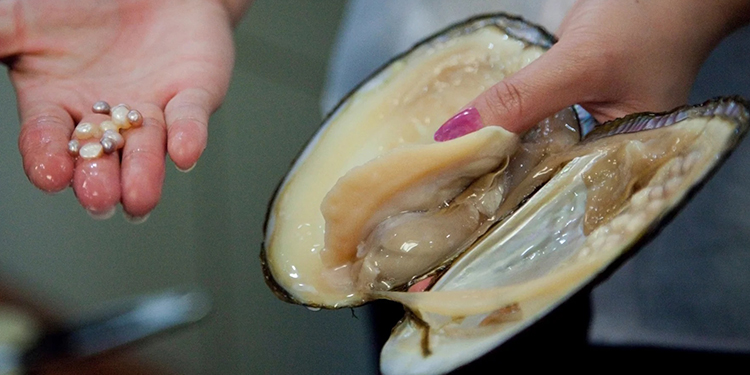
How Freshwater Pearls Are Made
Freshwater pearls are created when a mollusk, typically a mussel or a clam, forms a pearl around an irritant that has entered its body. This process can take several years, during which the mollusk secretes layers of nacre around the irritant, forming a pearl. Freshwater pearls are typically smaller and more irregularly shaped than saltwater pearls, but they come in a wide range of colors and can be just as beautiful.
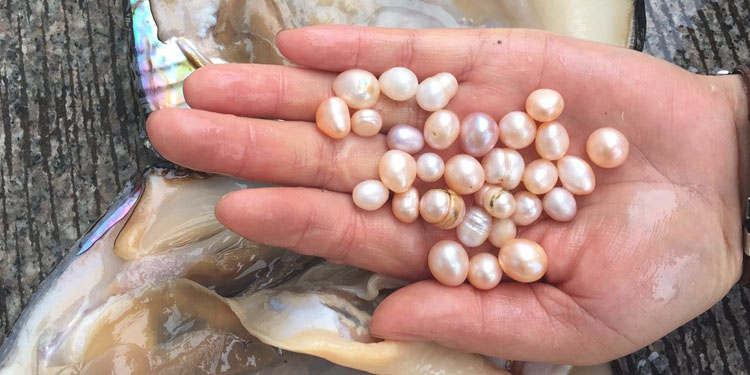
Types of Freshwater Pearls
Freshwater pearls come in a variety of shapes, sizes, and colors. The different types of freshwater pearls have unique characteristics that make them suitable for different types of jewelry. Here are some of the most popular types of freshwater pearls:
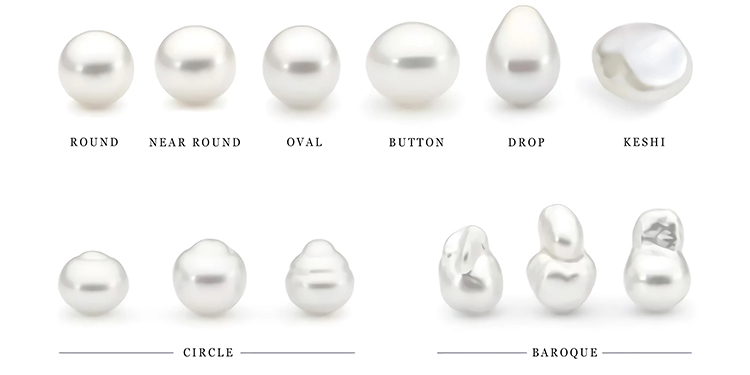
Round Pearls
Round pearls are the most classic and traditional shape for pearls. They are spherical and have a smooth surface with a high luster. Round pearls are often used in necklaces, bracelets, and earrings. They are available in a range of sizes, from small to large.
Baroque Pearls
Baroque pearls are irregularly shaped and can come in various shapes and sizes. Their unique and organic appearance makes them perfect for creating unique and creative jewelry designs. Baroque pearls can have a high luster and come in various colors.
Biwa Pearls
Biwa pearls are named after Lake Biwa in Japan, where they were first cultivated. They are typically long and narrow, with a unique and beautiful luster. Biwa pearls can come in various colors, from white and cream to pink and lavender. They are often used in necklaces and bracelets.
Kasumi Pearls
Kasumi pearls are a type of freshwater pearl that is native to Japan. They are produced by a specific mollusk type only found in Lake Kasumi-ga-Ura in Japan. Kasumi pearls are known for their unique and natural coloration, ranging from soft pink to deep purple. They have a soft luster and can be used to create beautiful and unique jewelry pieces.
Edison Pearls
Edison pearls are a type of freshwater pearl that is known for its large size and high luster. They are named after Thomas Edison, the inventor of the light bulb because they result from a hybridization process that involves inserting a nucleus into the mollusk's body. Edison pearls are available in various colors, including white, pink, and lavender. They are often used in high-end jewelry pieces.
Factors to Consider When Buying Freshwater Pearls
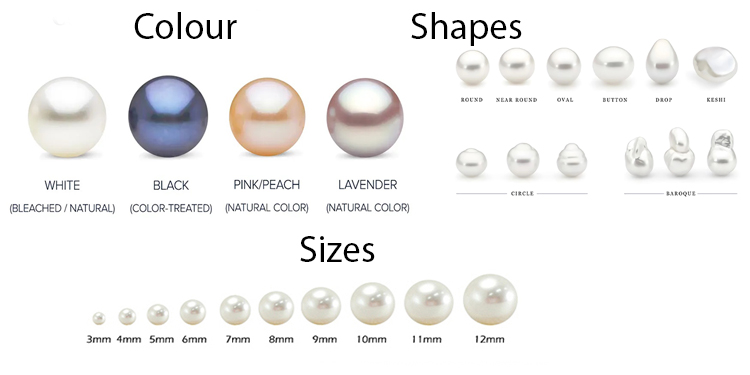
Several factors must be considered when buying freshwater pearls to ensure you get high-quality and beautiful jewelry. Some of the most important factors to consider include:
• Luster: The luster of a pearl refers to its shine and reflective qualities. High-quality pearls will have a bright, reflective luster that is very attractive.
• Surface quality: The surface quality of a pearl refers to the number and severity of any blemishes or imperfections on the pearl's surface. High-quality pearls will have few blemishes or imperfections.
• Size and shape: A pearl's size and shape can greatly impact its appearance and value. Round pearls are classic and traditional, but other shapes can be beautiful and unique.
• Color: Freshwater pearls come in various colors, from white and cream to pink, lavender, and even black. The color of a pearl can have a big impact on its overall appearance and value.
• Matching: If you buy multiple pearls to create a set of earrings, a necklace, or a bracelet, it is important to consider how well they match. Ideally, all of the pearls should be the same size, shape, color, and luster.
Freshwater Pearls vs. Other Types of Pearls
Mollusks in freshwater bodies such as lakes, rivers, and ponds create freshwater pearls. They are typically smaller and more irregularly shaped than saltwater pearls, but they come in a wide range of colors and can be just as beautiful. Freshwater pearls are a more affordable alternative to saltwater pearls, making them a popular choice for jewelry buyers.
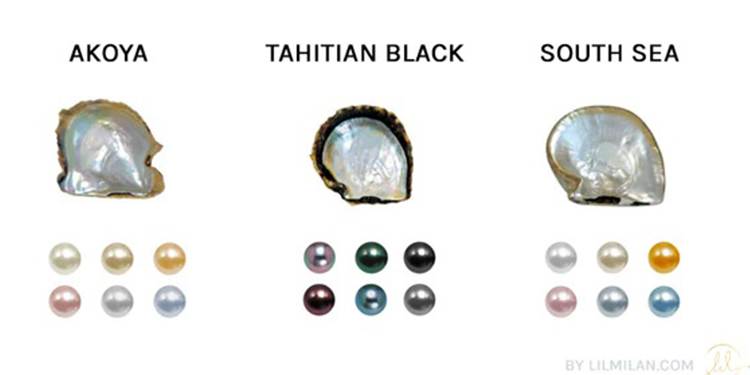
In terms of price, freshwater pearls are typically the most affordable option, followed by Akoya pearls, Tahitian pearls, and South Sea pearls. Regarding shape and size, Akoya pearls and South Sea pearls are typically rounder and larger than freshwater pearls. However, freshwater pearls come in a wider range of colors and can be as beautiful as saltwater pearls.
Akoya Pearls
Akoya pearls are saltwater pearls that are cultivated primarily in Japan and China. They are known for their round shape, high luster, and white or cream color. Akoya pearls are typically smaller than freshwater pearls but are also more expensive.
South Sea Pearls
South Sea pearls are some of the largest and most valuable pearls in the world. They are saltwater pearls cultivated in the South Pacific's warm waters. South Sea pearls come in various colors, from white and cream to golden and black. They are typically round or baroque in shape and have a high luster.
Tahitian Pearls
Tahitian pearls are saltwater pearls that are cultivated primarily in French Polynesia. They are known for their unique and natural colors, ranging from black to gray to green to blue. Tahitian pearls are typically larger than freshwater pearls and have a high luster.
Freshwater pearls - Frequently Asked Questions (FAQs)
Here are some of the most commonly asked questions about freshwater pearls:
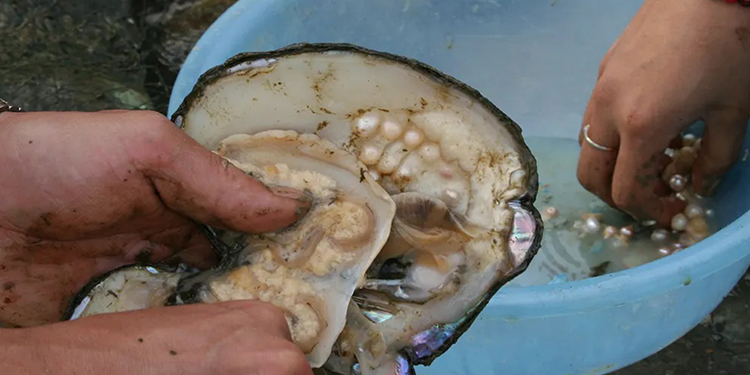
What is the best size for freshwater pearls?
The size of freshwater pearls depends on personal preference and the jewelry style you want to create. Round pearls are typically used in classic and traditional jewelry, while baroque pearls are perfect for unique and creative designs. Freshwater pearls come in various sizes, from small to large, and can be used to create jewelry of all styles and types.
How much should I expect to pay for freshwater pearls?
The cost of freshwater pearls varies depending on their size, shape, color, and quality. As a general rule, freshwater pearls are more affordable than saltwater pearls. You can expect to pay anywhere from $50 to $500 for a piece of jewelry featuring freshwater pearls.
Are freshwater pearls good investment pieces?
Freshwater pearls are generally not considered investment pieces. While they can increase in value over time, they are less rare or valuable than other pearls, such as the South Sea. However, they are still highly valued by jewelry buyers and can be a great addition to your jewelry collection.
Can freshwater pearls be used for engagement rings?
Freshwater pearls can be used for engagement rings, but they may not be as durable as other gemstones. If you are considering using freshwater pearls in an engagement ring, choosing high-quality pearls and taking proper care of the ring to ensure that the pearls last as long as possible is important.
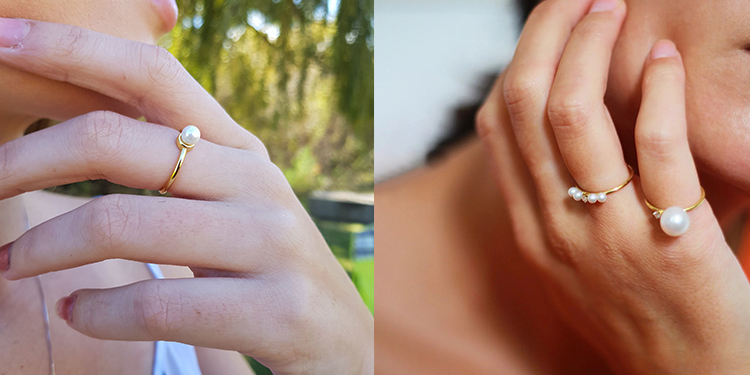
How long do freshwater pearls last?
With proper care and maintenance, freshwater pearls can last for many years. They are relatively durable and can withstand normal wear and tear. However, they can be damaged by harsh chemicals, extreme temperatures, and rough handling. It is important to store your pearls carefully and to clean them gently with a soft cloth or sponge and mild soap.
How do I know if I am allergic to freshwater pearls?
Some people may be allergic to the metals used in the setting of the pearl rather than the pearl itself. You may be allergic to the metal if you experience any redness, swelling, or irritation when wearing a piece of pearl jewelry. You should remove the jewelry and speak with a doctor if you experience any symptoms.
Are freshwater pearls ethical and sustainable?
Freshwater pearls are generally considered more ethical and sustainable than saltwater pearls. They are cultivated in freshwater bodies rather than in oceans, which can help to reduce the environmental impact of pearl farming. However, it is still important to do your research and choose pearls that are produced ethically and sustainably.


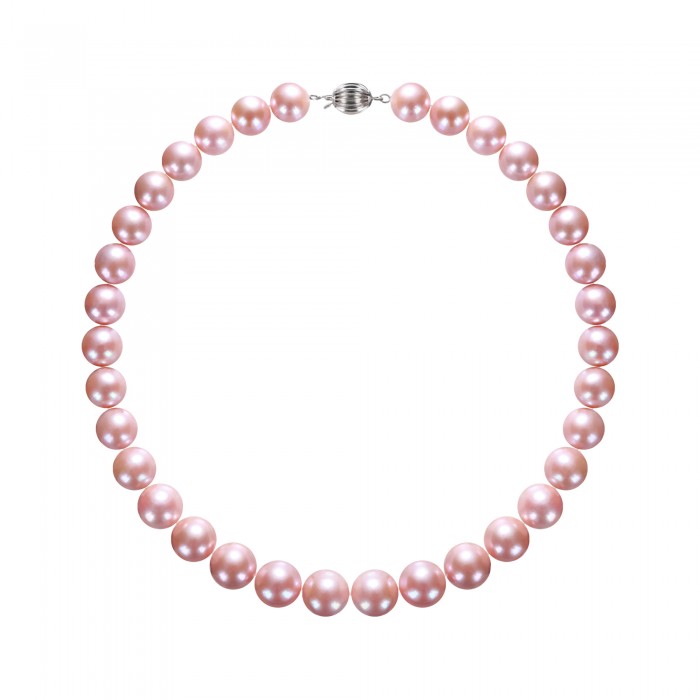
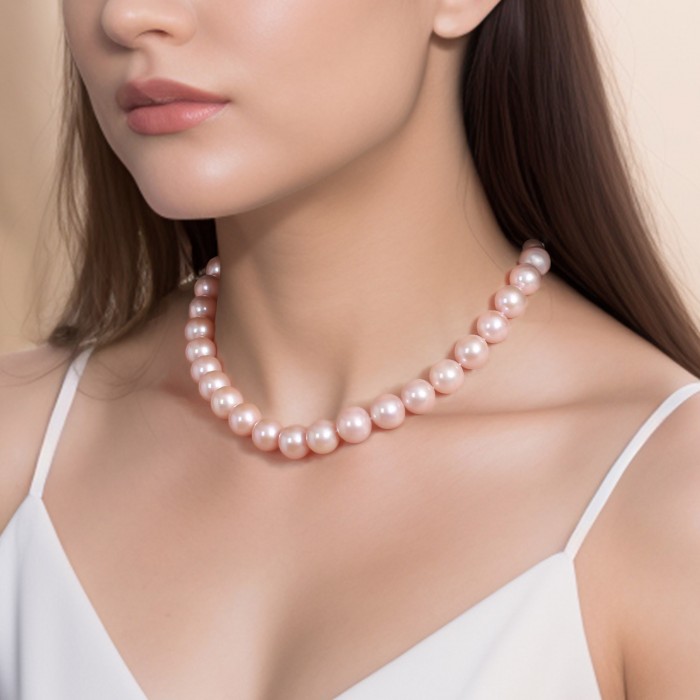
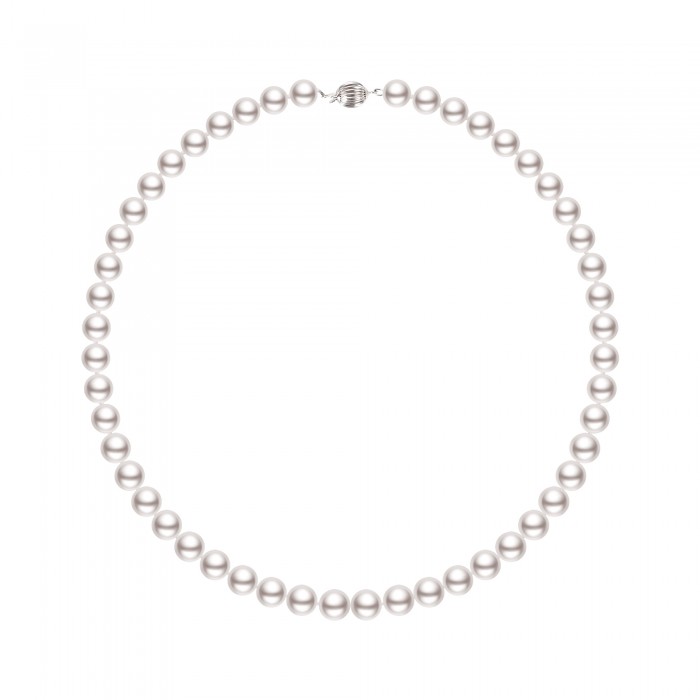
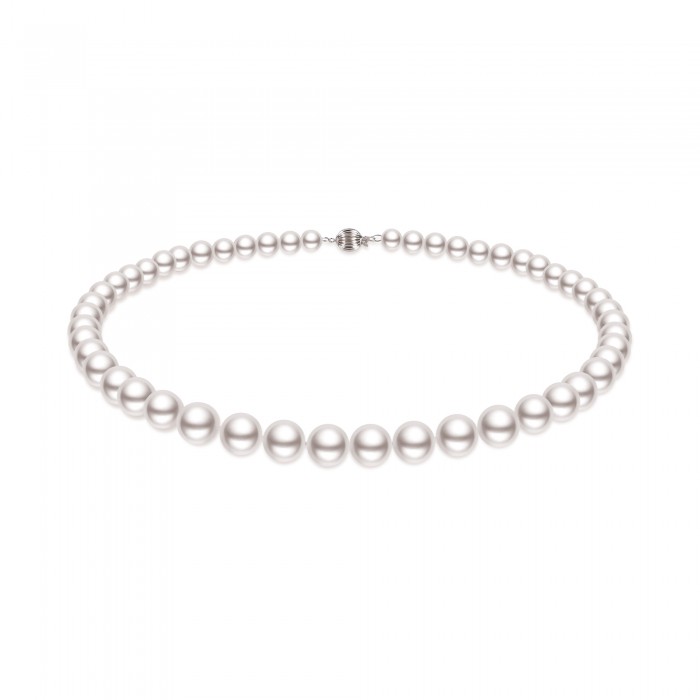
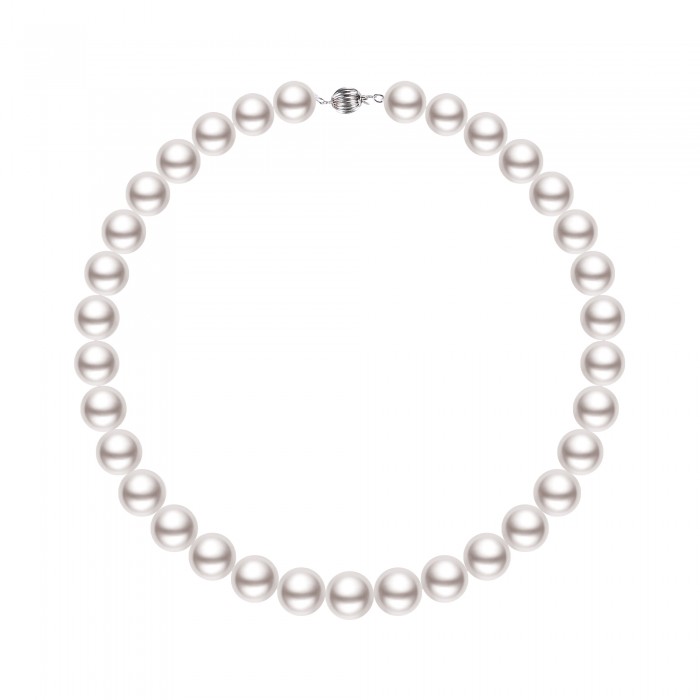
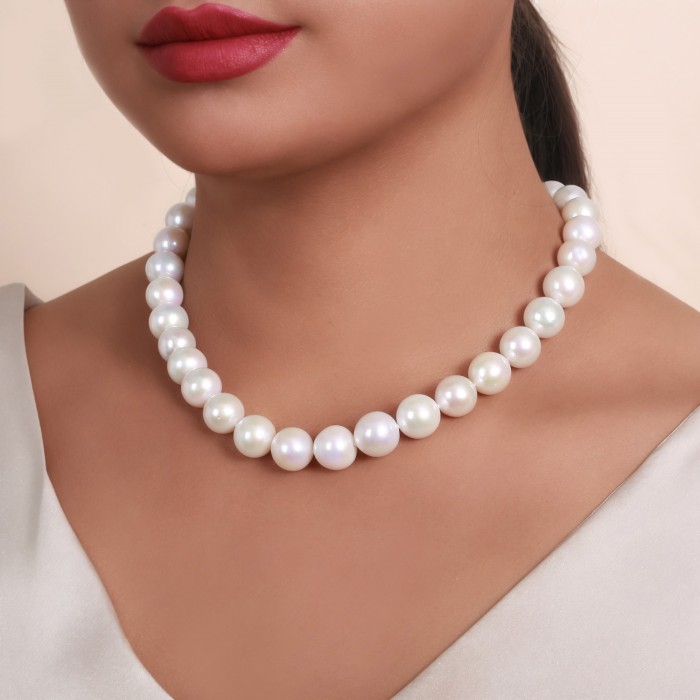
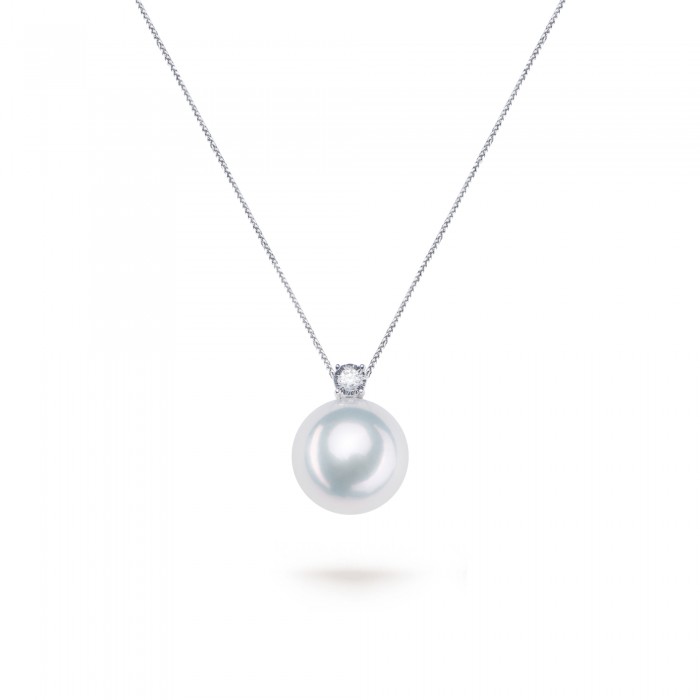
Leave a Comment